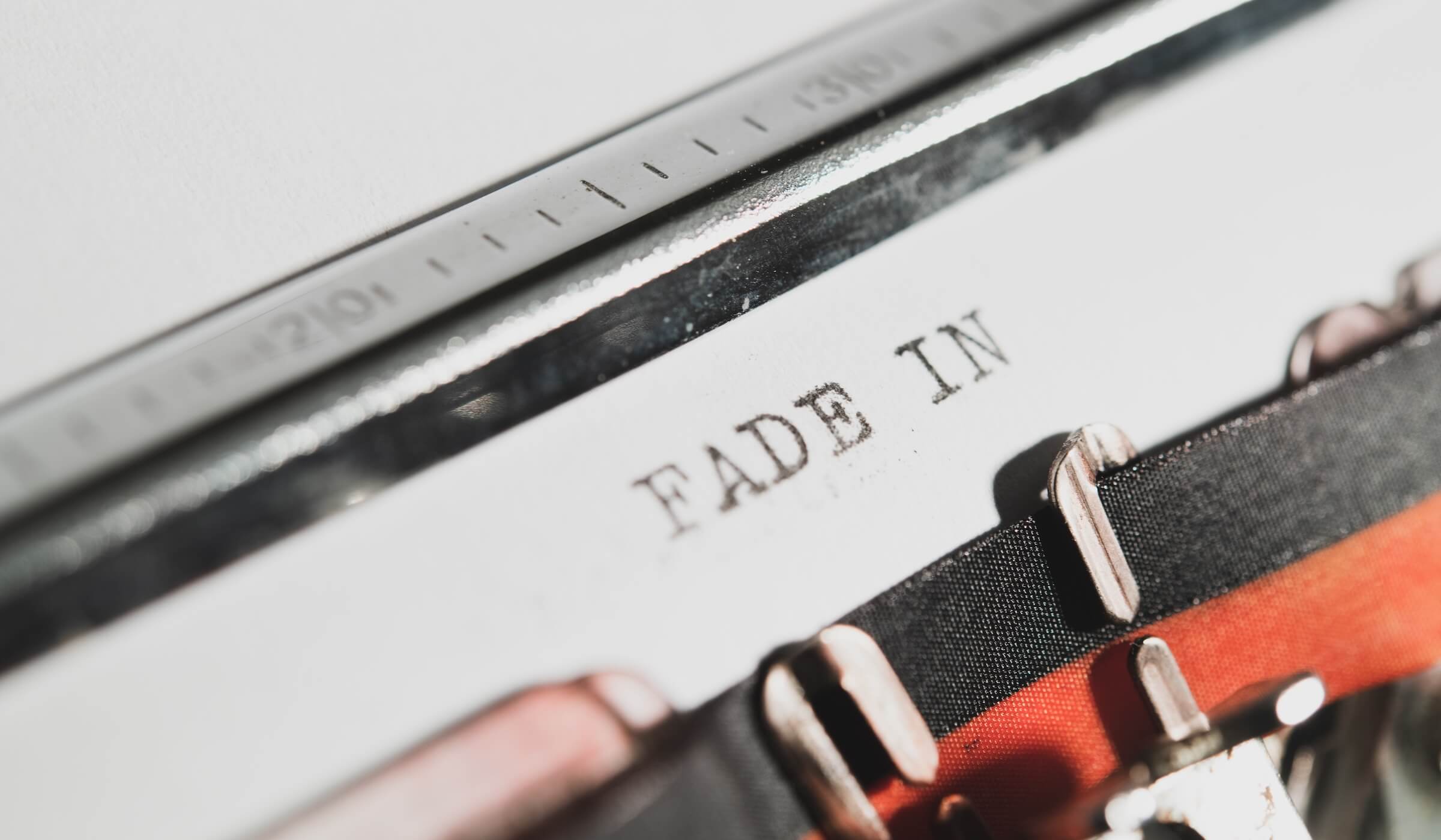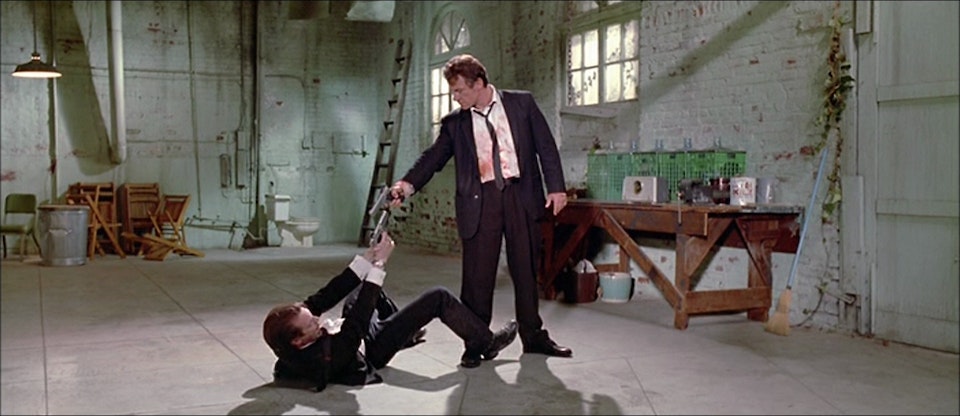The Craft of Screenwriting: Developing from the One-Sheet
April 25, 2019
One of the most baffling and frustrating things that can happen to a writer is a pass on a script that everyone seems to love. Great characters, wonderful dialogue, sharp storytelling… So, do you want to option/buy/make this? Absolutely not.
What writers ask of a project: Can I sell this to producers and execs?
What producers and execs ask of a project: Can I sell this to an audience?
It’s a fundamental difference in thinking that is often the source of the aforementioned disconnect. A script might do everything “right” in terms of the craft of screenwriting, and yet still have trouble getting traction toward production. Producers and execs might like the script, but see the movie as a hard sell.
Producers and execs ask: Is this a movie?
What Constitutes a “Movie”
The definition of a “movie,” in this case, is a film that has a clear pitch to a clear audience. We immediately get who would watch this film and why. While a script is a blueprint for a movie, not every script is a movie.
Still not clear?
One way to get a read on the movie-ness of a script is to try imagining the one-sheet. Or, simply put: can you visualize the movie poster? The familiar advertisements that we see in theater lobbie to let us know what is playing, and what’s coming soon.
Now look at your script and imagine what the one-sheet would look like. Or, better yet, sketch it out! Or jump on some imaging software and knock it together.
From the title and imagery, can we—at a glance—get a sense of the genre? Do the title and images tell us something about what the movie is about? Does it look cool and interesting? Knowing nothing else about the film, does the one-sheet provoke an interest in buying a ticket to see the movie? If so, why? If not, why?
A script that can easily generate a good, clear one-sheet has its pitch on point. But if doing so is a struggle, then the script might still be figuring out what movie it is.
Now look at the one-sheet and ask: what other movies have similar one-sheets? What are their common characteristics? Does your movie have those characteristics? Does it fit the same genre and paradigm? Or are their differences?
Comps and Why They’re Important
The produced movies to which a given project can be compared are called the comparables.
When figuring out how to approach getting a movie made, producers will often “run comparables,” which means looking at similar produced movies and pulling them apart to examine common elements: budget, business, genre, presence/level of name talent, need for underlying property, etc.
A project with a great one-sheet that plugs well into its comparables is farther down the road toward actually getting produced in the real world than a script that doesn’t even have a solid idea of what genre it’s supposed to be.
Many writers are told to just “write a good story,” and everything will work out from there. That isn’t incorrect, but the good story is the foundation of the project, not the be-all-end-all.
Producers and execs don’t work to get films made out of the goodness of their hearts; this is a for-profit business. Their job is to make movies, not appreciate scripts—that’s like saying real estate developers are in the business of giving gold stars to good blueprints.
Even if all scripts told good stories, the scripts that are clearly movies would push to the front of the line before their wishy-washy counterparts.
By way of example, all you have to do is go to the American Film Market. Every company there has one-sheets for their films on display. The commonalities among the one-sheets become instantly apparent.
For example, one-sheets for horror movies fall into broad types. We don’t need to be told anything about the set-up, characters, story, etc. to understand that the one-sheet is selling us a horror movie. The inherent pitch is: if you feel like being scared, then watch this movie, it’s a horror that will provide scares.
The same can be done by scrolling through streaming services. Those little thumbnail images are mini versions of one-sheets. Hovering over them usually offers further information (for example, a short synopsis) that the one-sheet doesn’t by itself.
A project that is clearly a movie—and a successful movie, given the comparables—is the kind of thing that makes producers say, “Now all it has to be is good!”
As an experiment, before starting your next script, try working on the one-sheet first. Print it up and hang it up within your eye line as you write. It’s important to keep your one sheet visible while you're writing because it can help solidify the script’s vision. At all times, keep asking: is this script fulfilling the promise of the one-sheet?
Written by: Michael Kuciak
Michael Kuciak is the writer-director of the forthcoming horror film DEATH METAL. He's from Chicago.



